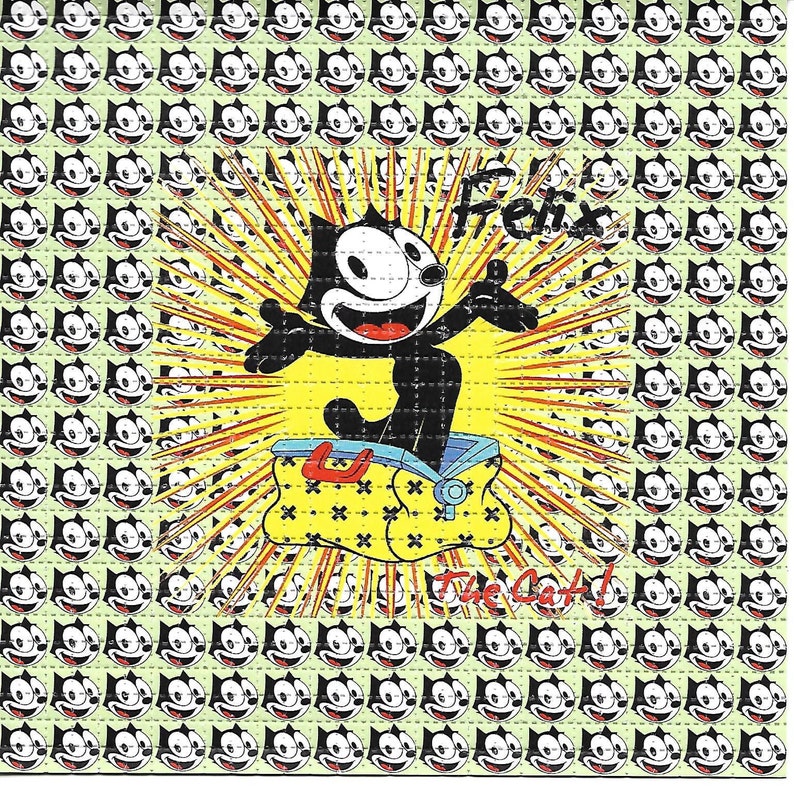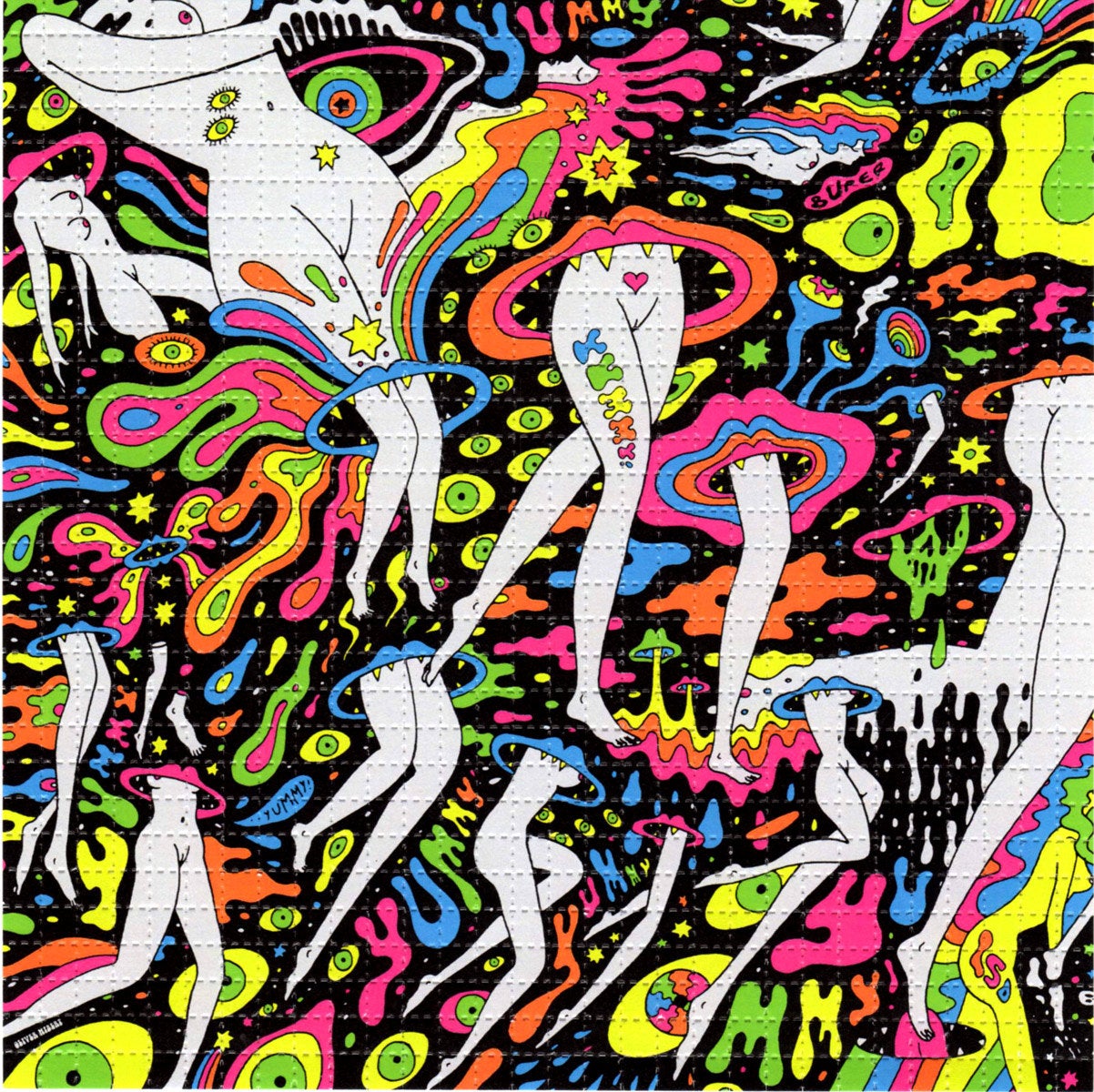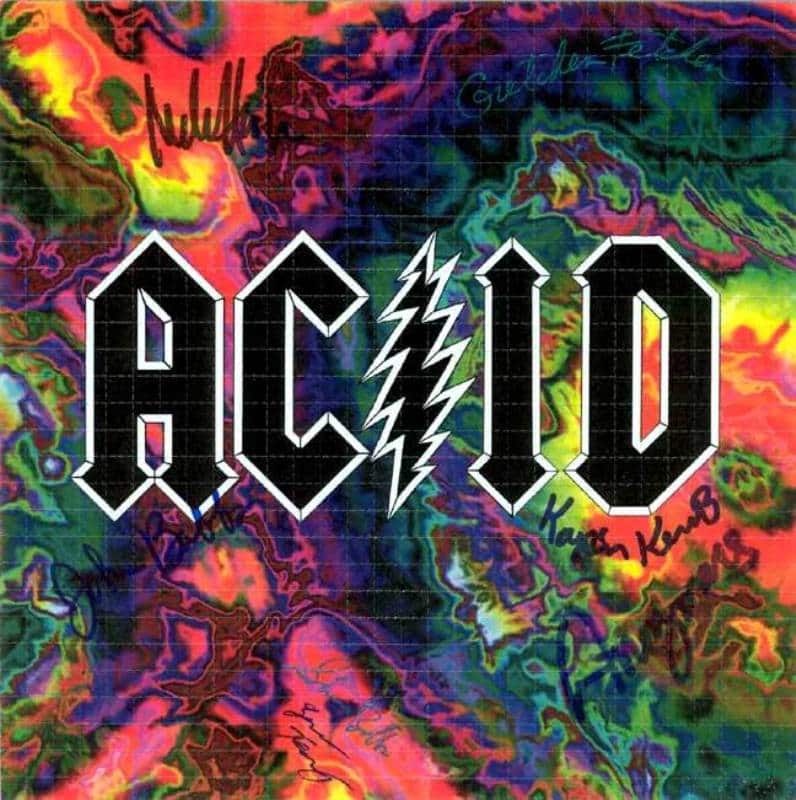

Here are some of the most prominent names for LSD: LSD has been around for over 60 years now and has accumulated many nicknames over the years. LSD: Specs & Technical Details Active IngredientĪcid, Lucy, Mellow Yellow, California Sunshine Hyperactivity in the default mode network has been linked with depression, anxiety, obsessive-compulsive disorder, addiction, and more.
#Blotter acid series
It has the ability to “reset” the default mode network - which is a series of brain processes that control our inner sense of self-worth and ego. It promotes introspection and dissolving of the “ego”.Īn acid trip can last anywhere from 8 to 12 hours.Ĭonventional uses of acid revolved around self-growth and spiritual exploration - but research has also shown a lot of promise for LSD as a treatment for psychiatric disorders. LSD works by activating serotonin receptors in the brain - which produces changes in visual, auditory, and tactile perception. These compounds are primarily found in a species of rye fungus called ergot.

LSD is a semi-synthetic derivative of a group of compounds called lysergamides. Let’s start with the basics by exploring what LSD actually is. We’ll also review the research supporting the therapeutic use of LSD for addiction, depression, anxiety, and cluster headaches. We cover dosing, what to expect after you take it, and touch on the interesting history of perhaps the most famous psychedelic in the world. In this guide, you’ll learn everything you need to know about LSD. It’s famous for being the inspiration behind many of the Beatles’ hit music, driving the counterculture of the 1960s, and for its (attempted) use by the CIA as a mind-control agent in the MK ULTRA project (more on this later). LSD (Acid): Ultimate Guide To the World’s Most Famous Psychedelicīy now, you’ve probably heard about the powerful psychedelic compound known as acid. Subscribe To Get a Weekly Dose of Psychedelics In Your Inbox.Does LSD Cause Chromosomal or DNA Damage?



 0 kommentar(er)
0 kommentar(er)
